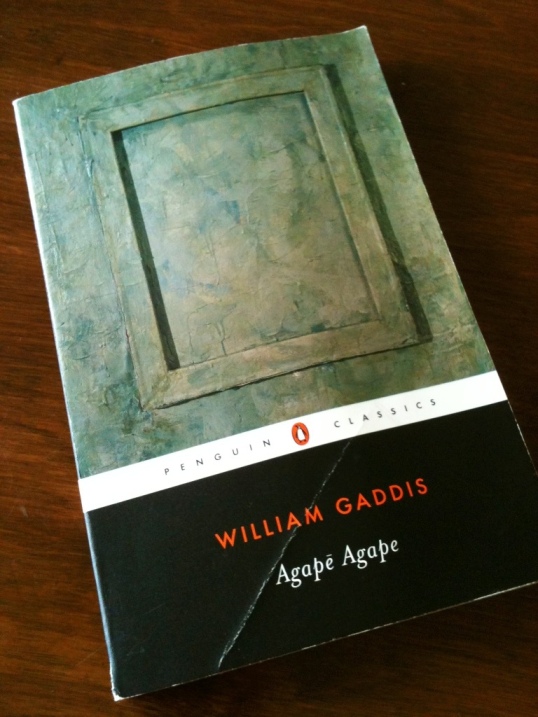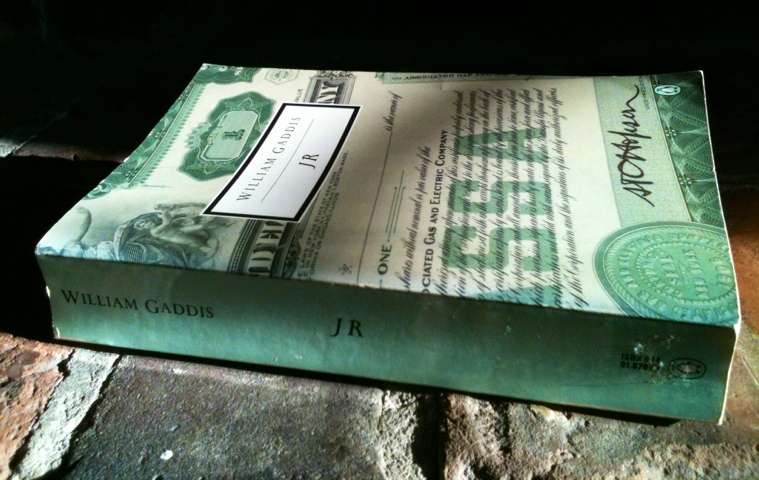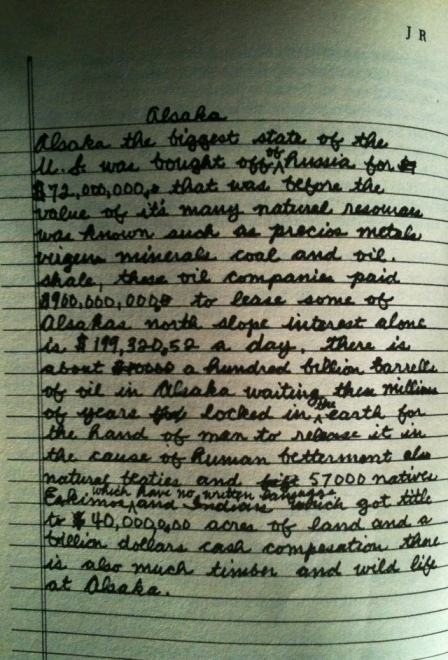From David Markson’s 2007 interview in Conjunctions:
Harlin: Incidentally, you wrote your M.A. thesis on Malcolm Lowry, a relatively unknown writer at the time, and became very friendly with him. What was the impulse behind writing him?
Markson: A great percentage of the people in the world haven’t had this experience, but sometimes you read a book, and it’s almost as if it’s been written for you, or you’re the only one who really understands it. The impulse—creatively, artistically, spiritually—was to say, “Be my daddy. Be my father.” It took a letter or two, but obviously I struck a chord. He had done the same thing. As a young boy in England, he’d written to Conrad Aiken, he so admired Aiken’s poetry. I became friendly with Aiken, too, through Lowry. When Malc died, we got back in touch, and when he was in New York he would come to dinner. He kept a cold-water flat—are there still such things?—up on the East Side.
Harlin: You also became friends with Dylan Thomas and Kerouac.
Markson: The Dylan Thomas thing was a fluke. I don’t think I’d ever met a writer. Back then, I was only in correspondence with Lowry. Thomas did a reading, and on impulse I went backstage. You can’t imagine how popular he was or how highly thought-of he was, even though he was a legendary troublemaker. Out of the blue, I said, “How would you like to have a couple of drinks with some graduate students?” He said, “Yeah, I’ll meet you.” One thing led to another, and we had, at most, nine or ten evenings together. Kerouac was sheer chance and non-literary. My next door neighbor at the time, on 11th Street in the Village, was a recording engineer, and he was friendly with Jack. They used to listen to jazz together. In fact, this guy, who’s long-since dead, was one of the first to lug that old-style heavy equipment up to Harlem to record it. Jack loved it, and he’d go with him once in a while. He lived right next-door. Frequently, we’d go from apartment to apartment drinking together. Sometimes, Jack would come to New York, and this fellow, Jerry, would be away, so he’d ring our bell. For about two years—I’m guessing a dozen, fifteen times—the doorbell would ring, never a word in advance, and there he’d be, drunk as hell all the time. Generally he’d stay the night. One time he borrowed a T-shirt. He came back a week later, and we’re sitting in the living room, and I’m recognizing the outer shirt from a week before. I saw this filthy T-shirt and said, “You son of a bitch, is that the shirt of mine that you put on here a week ago?” And he said, “Well, I had a shower.” Then he stopped coming around; I guess he was in Florida. We just lost track of him, and the next thing I knew he was dead.
Harlin: There’s also William Gaddis.
Markson: I thought The Recognitions was—Lowry being English—the great American novel of that period. That’s the only other letter I wrote to a writer, but it was different from the Lowry one. When The Recognitions came out, it was shat on by every reviewer. They said, “How dare he write so long a book? How dare he deliberately try to create a masterpiece?” I wrote this casual letter, saying, “Screw them. Some of us out here know what you did.” When my wife and I went to Mexico for three years, an editor came down there, and Aiken had given him my name. We had him to dinner, and all I did was talk about The Recognitions. And this guy said, “Shut up already. Tell me about Mexico. I’ll read it when I get home.” And he did. The Recognitions came out in 1955, and this would have been about 1961. One day I get a letter there: “Dear David Markson, If I may presume to answer yours of”—whatever it was—”May 16, 1955.” It turned out that this editor, Aaron Asher, had come home, read the book, and decided to resurrect it. There had never been a paperback, and he put it in print, and it brought Gaddis back to life.
Harlin: Anyone else?
Markson: Kurt Vonnegut I’d known for about forty years. We weren’t that intimate, but for the last twenty years, he and I and two other people had dinner twice a year. And Joe Heller. We weren’t buddy-buddy, but I knew him before Catch-22. If you’re writing, who do you know? If you’re a lawyer, you know lawyers. If you’re a dentist, you know dentists. If you’re a writer, you know other writers. Heller was working in public relations. I remember when we came back from Mexico, one of the first people I saw said, “Hey, Joe Heller finished his book, and it’s great.” This all probably sounds very exotic. In fact, a book just came out recently called Sleeping with Bad Boys, by a woman named Alice Denham. She had been a Playboy centerfold, but she was the only Playboy centerfold who was the author of a short story in the same issue. I can say this, because she’s admitted it in her book, but she slept with everybody. She slept with James Jones, with Gaddis, a long list. She and Heller, for some reason, they would just neck or something. And she and I had an affair at one point. In fact, she refers to me as one of her favorite lovers. The Times review reported that she’d slept with this one and that one and then quoted something about each person. After my name, “the novelist David Markson,” was “stud lover boy.” And here I am seventy-nine years old! I still run into Alice; she lives a couple of blocks from me.












